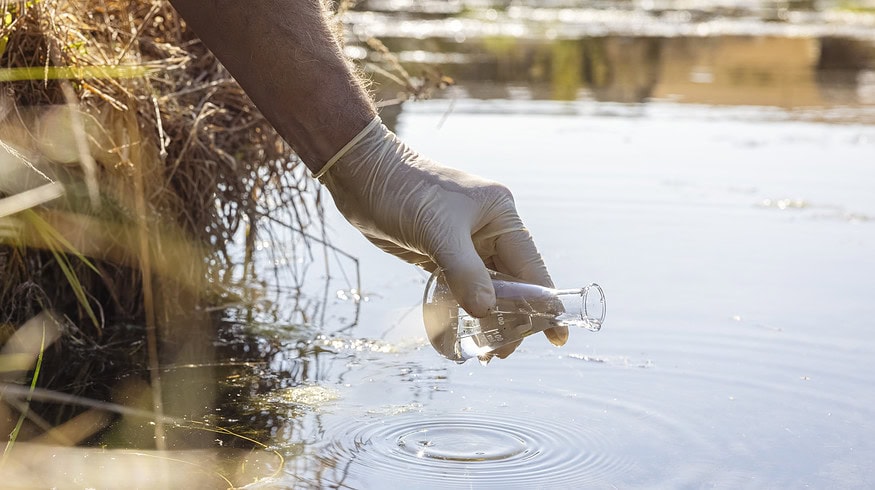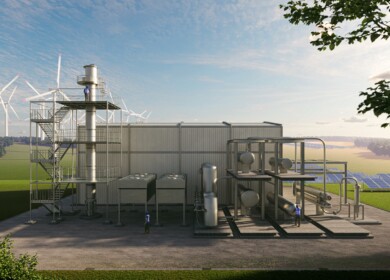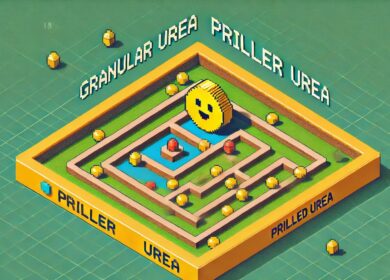Hybrid Catalyst Streamlines Urea Production While Addressing Wastewater Concerns

A recent breakthrough in the production of synthetic nitrogen fertilizer, a cornerstone for global agriculture, holds promise for both the fertilizer and wastewater treatment industries. This innovation comes from collaborative research efforts between two laboratories at Northwestern University in conjunction with the University of Toronto.
Historically, the production of synthetic nitrogen fertilizer has been a significant contributor to global energy consumption, responsible for about 3% of annual energy use. The conventional process for its production also leads to nitrate-containing runoff, posing environmental concerns.
This collaboration has discovered a method to produce urea, a major fertilizer, using electrified synthesis. The process concurrently facilitates the denitrification of wastewater. This dual advantage could signify a reduction in carbon emissions from the wastewater treatment sector and potentially introduce a new revenue source for the industry.
Central to this breakthrough is the development of a hybrid catalyst made of zinc and copper. This catalyst aids in converting carbon dioxide and waste nitrogen into urea. Insights into this approach were drawn from references dating back to the 1970s that suggested the potential utility of pure metals, such as zinc and copper, in processes involving the conversion of carbon dioxide and nitrogen.
Ted Sargent, a professor at Northwestern and co-executive director of the Paula M. Trienens Institute for Sustainability and Energy, highlighted the importance of this development. “Given that synthetic nitrogen fertilizer sustains approximately half the global population,” he noted, “finding renewable electrically-powered chemical processes is a significant stride towards reducing society’s net CO2 intensity.”
While the production of ammonia, a precursor to many fertilizers, has seen various alternate methods of production, urea – a directly applicable fertilizer representing a $100 billion industry – has received less attention. The team’s research was driven by the potential of transforming waste nitrogen sources, captured CO2, and electricity into urea.
The efficiency of this new method is not without its challenges. While preliminary experiments indicated a conversion efficiency of 20-30%, researchers believe an efficiency rate of 70% would be necessary for practical application. They are optimistic, however, as initial challenges with the catalyst composition were overcome by adjusting the zinc-to-copper ratio. This ratio, they discovered, resulted in an optimal performance when set at one part zinc to 20 parts copper.
This ground-breaking research was detailed in the paper titled “Selective electrochemical synthesis of urea from nitrate and CO2 via relay catalysis on hybrid catalysts”, published in the journal Nature Catalysis on September 11, 2023.
While promising, the researchers emphasize the need for further refinement. The current reaction doesn’t account for impurities commonly found in a wastewater treatment context. Additionally, there are aspirations to prolong the operational duration of their process.
Enjoyed this story?
Every Monday, our subscribers get their hands on a digest of the most trending agriculture news. You can join them too!















Discussion0 comments